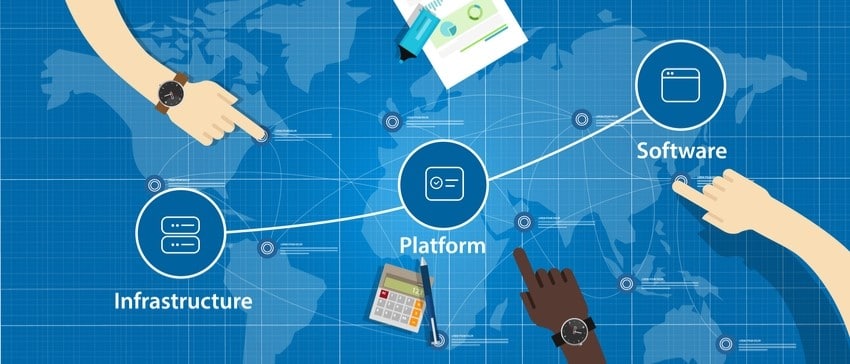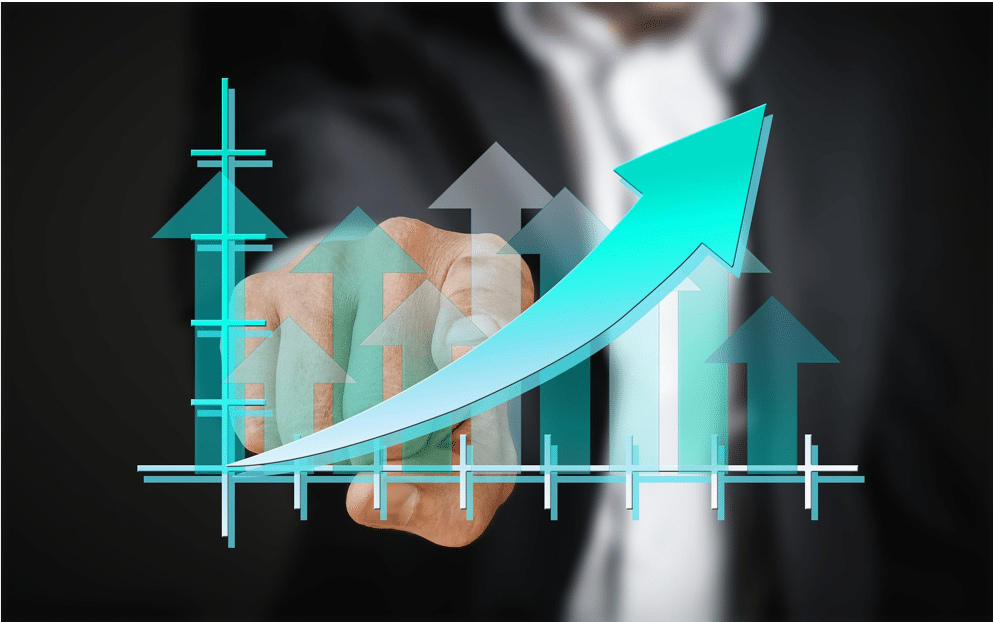Procurement analytics is the process of tapping into a large reservoir of procurement data and using qualitative and quantitative approaches to obtain actionable insights to drive business decisions.
Examples of procurement data collected during analytics include; historic spend reports, advanced analytics, and future decisions. Procurement analysis typically involves collecting data from different source systems, classifying data using standard use-cases, and displaying it in visualization dashboards.
The need for procurement analytics is to gain an overview of procurement spending. Although initially achieved through one-off projects like spend cubes, analytics has evolved to capture a wide range of specialized solutions, automation software, and dashboards.
Challenges with Procurement Analytics
Procurement analytics is gaining momentum with emerging trends in procurement processes. But despite the growing emphasis on data analytics in procurement processes, small and medium-sized enterprises lack extensive resources to optimize the data around them.
Exciting developments like machine learning and artificial intelligence are used quite often. But their use remains constrained to certain procurement areas such as forecasting and contract management. To utilize data and draw meaningful insights, you need to overcome the following challenges.
- Customized Nature of Data Collection. The customized nature of data collection instruments like RFQs and RFPs come in standardized formats that can be linked to SharePoint to collect data. However, data collection proves to be a pressing challenge to companies where forms cannot be standardized. That makes the automation of forms and data collection a mounting challenge.
- Internal Company Alignment on a Database Key. Internal reporting activities differ based on the use of either product or category, G/L account, or cost centers. Having alignment throughout the company is the solution to cost savings, baseline spending, KPIs, and budgeting goals.
- Training of Procurement Personnel. Procurement technology is growing exponentially, changing the face of traditional supply chain processes. With procurement software, organizations can collect and analyze procurement spending, gain visibility into spend areas, and achieve efficiency and cost savings throughout the supply chain. Training procurement professionals is key to optimizing the full potential of procurement analytics. A key challenge for enterprises looking forward to maximizing procurement analytics is to equip procurement professionals with the necessary skills.
- Customized Data Analysis. Insight generation needs an expert to unveil what’s hidden inside data. Data analytics uncover hidden patterns in structured and unstructured data, providing visibility into operational processes. Procurement professionals with data analysis skills will identify data matches and data trends that cannot be found using conventional ways.
Opportunities for Procurement Analytics
One misconception is that analytics in procurement only revolves around spend analysis. In reality, procurement analytics covers everything from procure-to-pay processes to strategic sourcing and category management.
Procurement analytics have opened immense opportunities, including:
- Category management. When effectively used, procurement analytics can transform the category management processes. Analytics allow category managers to identify savings, prioritize suppliers, facilitate innovation and address supply chain risks.
- Strategic sourcing. History has shown that the best business strategies are driven by data. Analytics identifies the best areas and right times to request proposals or run sourcing events. You can also know which suppliers to select in your strategic sourcing processes. Analytics can also provide information into risk positions and suppliers’ quality, thus improving supplier relationships.
- Contract management. Data generates value across the contract lifecycle management. The procurement analytics can alert you when contracts need re-negotiation and provide data for supplier negotiation. Most importantly, analytics can identify maverick spending to improve contract coverage and compliance. This leads to improved supplier performance management.
- Procure-to-pay. Analytics shape procurement by helping procurement officers identify and measure purchase order cycles, thus making timely payments to suppliers. With analytics, you can discover rebate opportunities, evaluate payment accuracies, identify invoice errors, and avert fraud.
- Sustainability and CSR. Essentially, companies are using analytics to assess corporate social responsibility and related risks in supply chain and procurement processes. Analytics uncover hidden environmental or social impacts within procurement, improving the sustainability of supply chain processes. In addition, analytics identify opportunities for sustainable supply chain alternatives.
The end goal of any procurement solution is to be the single source of the truth where procurement teams can make data-driven decisions.
Implementation Approaches
Implementing procurement analytics means finding a reliable, superior solution that collects, analyzes, and reports procurement spending. Procurement analytics add visibility into spend performance and help tap potential cost savings. Although most procurement data already exist, making sense of it is not a straightforward process.
Three data processing steps are required before analytics can be drawn:
- Data Extraction
The analytics implementation starts by identifying and mining data from different sources and consolidating the data into a central database. Once extracted, data can be cleaned and enriched. Data extraction turns outdated information into clean and consolidated formats that can be understood and ready for analysis.
- Cleansing, Categorizing, Enrichment
Extracted data is arranged into defined categories. A precise data classification is needed to make spend analysis effective. This is because classification makes heterogeneous spend data easier to manage across the organization. Classification consolidates purchasing transactions into a single taxonomy, allowing customers to gain spend visibility. After cleansing and categorization, data can be enriched through supplier consolidation or automated translations.
- Reporting and Analysis
After data is cleansed and categorized, the last implementation is to analyze it. Spend analysis provides better spend visibility leading to smart sourcing decisions, accelerated opportunity identification, and spend control. Undoubtedly, access to accurate spend analysis is central to massive cost savings.
You can always contact ProcurePort for superior procurement analytics.










